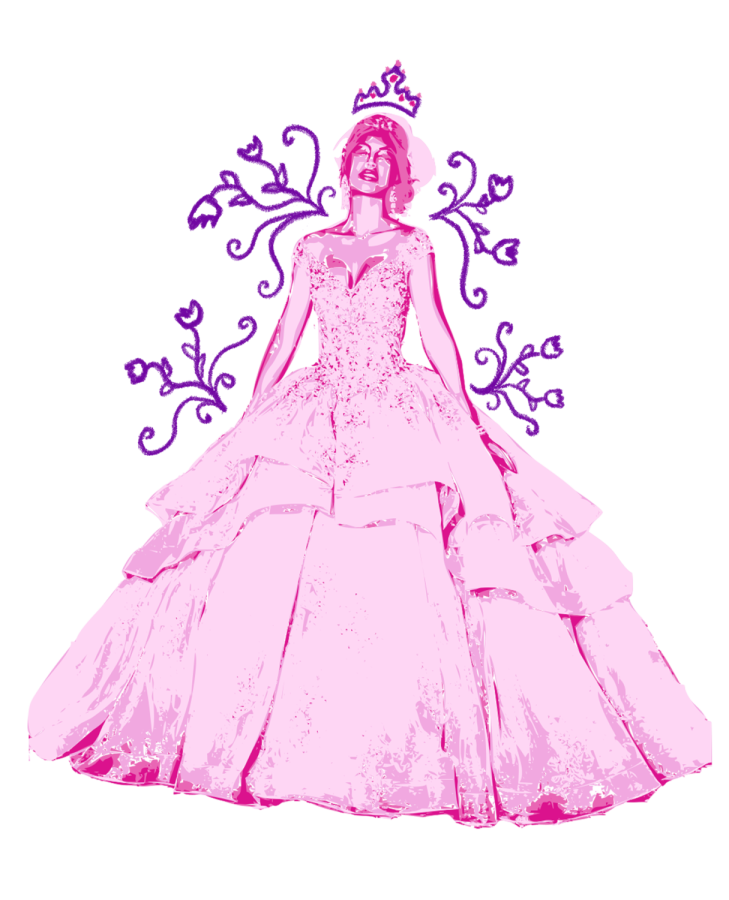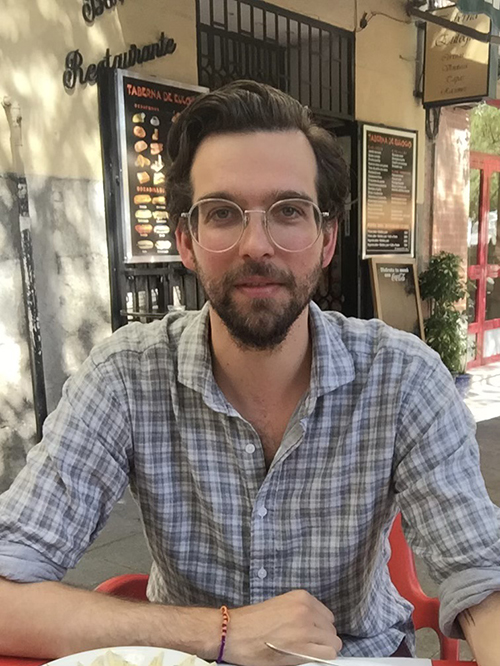In a young girl’s life, one glorious, irrevocable moment stands at the end of “girlhood”— her womanhood. Coming of age has significance no matter the culture, yet how it is celebrated is an entirely different affair. Through the perspectives of San Diego State students and faculty of three entirely unique cultures, Latino, Jewish and Kumeyaay, a cultural mosaic honors this stage in life.
On the surface, the Latino quinceanera is a lavish festivity complete with a billowing ball gown, food and more friends and family than one can count. Girls are princesses for the day and have tiaras to match. Beginning in Mexico, the tradition is now celebrated across Latin America and in Latino communities in the U.S.
“Quince” in Spanish translates to 15 in English. For many Latinas, their 15th birthday is the biggest celebration of their young lives. However, traditions such as an “ultima muñeca” or the last doll, given to the girl as a memento of the last toy of her childhood, are symbols of the meaningful side of this rite of passage. One crucial tradition is the father-daughter dance.
For Jennifer Ojeda Ortiz, a graduate student at SDSU, her father-daughter dance was emotional.
“My dad has seen me grow up,” Ojeda Ortiz said. “The quinceañera is saying, we’re steering you to womanhood. My dad has seen me go from a young kid to a woman. I was going into adulthood soon. It wasn’t really the last dance, it was just the last dance for now. I was leaving my younger side.”
In Ojeda Ortiz’s words, the quinceañera is about “finally seeing a girl grow up, allowing them to spread their wings and start learning how to become an adult.”
For another community, becoming an adult is a deeply sacred event, where a core tradition includes the performance of meaningful scriptures. Prospective young adults often start preparing for the event nearly a year beforehand. This is the Jewish bat mitzvah ceremony.
“The language I use is becoming. It’s more of a coming-of-age ceremony than something that happens to you,” said Mira Garin, an SDSU graduate student in public health. “You’re becoming the bat mitzvah because it literally means ‘daughter of the commandments.’ It’s a recognition that you’re stepping into the role of an adult in the Jewish community.”
In Judaism, as Garin explains, children are seen as “extensions of their parents.” At age 12, girls are given the chance to take on leading a Shabbat service or a portion of it, a first taste of Jewish adulthood.
“Watching young people celebrate bat mitzvah, there’s this sense of ‘we raised a good one.’ Our community is going to survive into the modern era, into the next generation. We’re extending the Jewish family,” Garin said.
The bat mitzvah ceremony is a relatively new concept. Traditionally, the coming-of-age ceremony was reserved for boys in their bar mitzvah. According to the Jewish Women’s Archive, the first recorded bat mitzvah ceremony was on March 18, 1922. This month, it will celebrate its 101st anniversary.
On the other hand, the Kumeyaay have been celebrating girls’ coming-of-age for centuries. The intricate ceremonies, which differ slightly between Kumeyaay tribes, mean a shift in a young woman’s life.
Richard Carrico, a professor of American Indian studies at SDSU for over 30 years, specializes in Kumeyaay history. He describes aspects of the ceremony, which generally takes place after the first menstruation, learned from speaking with Kumeyaay elders from the Manzanita reservation.
“For the girls, they are traditionally buried in the ground with their heads out. The object of that is that they want to be in the Earth,” Carrico said. “It’s believed that the Earth is the womb of all living things—that’s where your roots are.”
While covered by earth or in some tribes, blankets, for a few days, the girls’ experience is described as “meditative” and “out-of-body.” All the while, the girls are sung to and taught valuable life lessons by older women.
“At the end, the woman will return to the tribe and sing a specific song they learned from the ceremony,” Carrico explained. “It basically says, ‘I am a woman now. I’m no longer a girl. I’m a woman.’”
The Kumeyaay womanhood ceremony, which comes in a variety of traditions among tribes, essentially combines a connection with nature to life lessons, emphasizing the important role women have in the Indigenous community and in the world.
During this Women’s History Month, recognizing how different cultures celebrate coming of age shows that the significance of womanhood is brighter than ever, shining on for future generations.









